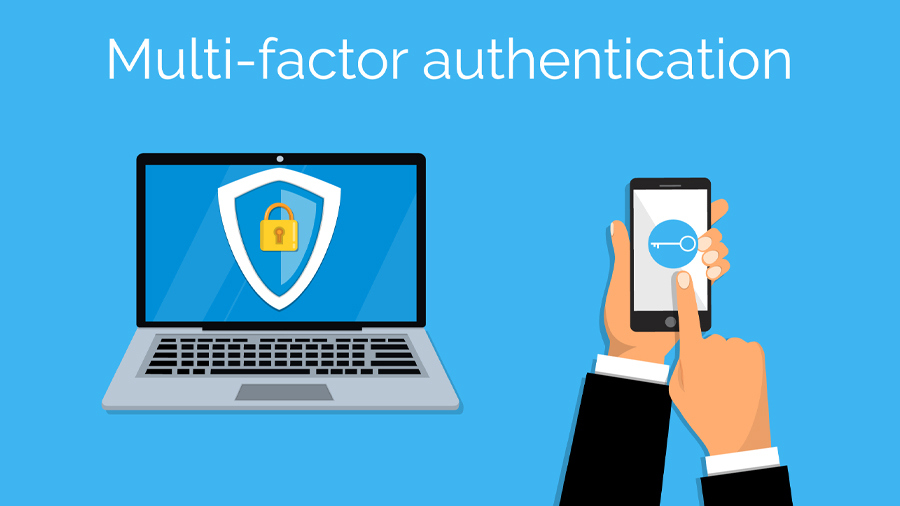Let’s say you have network equipment that’s been in place for years and is working with minimal or no issues. Paying to maintain service and support on those items might seem like an unnecessary expense. Certainly that’s the way many businesses look at it when scrutinizing the IT budget and looking for items to cut. The logic to justify de-funding those contracts is pretty simple: “If it isn’t broke, why pay to fix it?” However, that is a risky position to take.
Late in 2019, a manufacturer of wireless access points announced that a number of security vulnerabilities — some with a “critical” rating — had been found in its products. They fixed the vulnerabilities in short order and distributed the fixes in the form of software upgrades to the affected products. Here’s the rub: businesses without active support contracts didn’t have access to the upgrades.
Why Service Contracts Are Vital for Critical Infrastructure
The access points in question are widely used in installations that call for reliable, widespread business-class wireless coverage. In other words, they’re an extremely critical element of the infrastructure for organizations that rely on Wi-Fi to run their business. With the prospect of a security vulnerability that would allow an intruder access and potentially bring the entire wireless network down, the seemingly minor risk of letting the service contracts lapse turned into a major risk overnight. All of a sudden, companies were faced with an unbudgeted expense. They either had to re-up the contracts for all of the controllers and access points, or else replace their entire wireless infrastructure.
The same scenario and risks apply to all manner of critical network infrastructure, including switches, routers, firewalls, VPNs and servers. Vulnerabilities are constantly being discovered and patched with updates. We often think of these devices as appliances or hardware, but the reality is, they have software inside that’s meant to be upgraded to improve performance, add features or address security problems. Those devices are at the heart of the network and hold the keys to keeping the business running.
Is the Gamble Worth It?
Many companies do take the risk of running without maintenance agreements on key pieces of network equipment. They have weighed the risks against the costs and reached the conclusion that the gamble is worth taking. While at FIT Solutions we don’t recommend this approach, we do respect that it is a business decision. We are more concerned with businesses that simply allow their service and support contracts to lapse as a cost-cutting measure, without fully understanding the risks and taking them into account.
At FIT Solutions, part of our service is knowing what the vendor policies are with regard to upgrades, support, and service agreements, and keeping track of whether your agreements are active. We use this information to help you understand the risks of running your critical network infrastructure without the benefit of a safety net. Want a true picture of these hidden risks? Give us a call at 888-339-5694 today.







